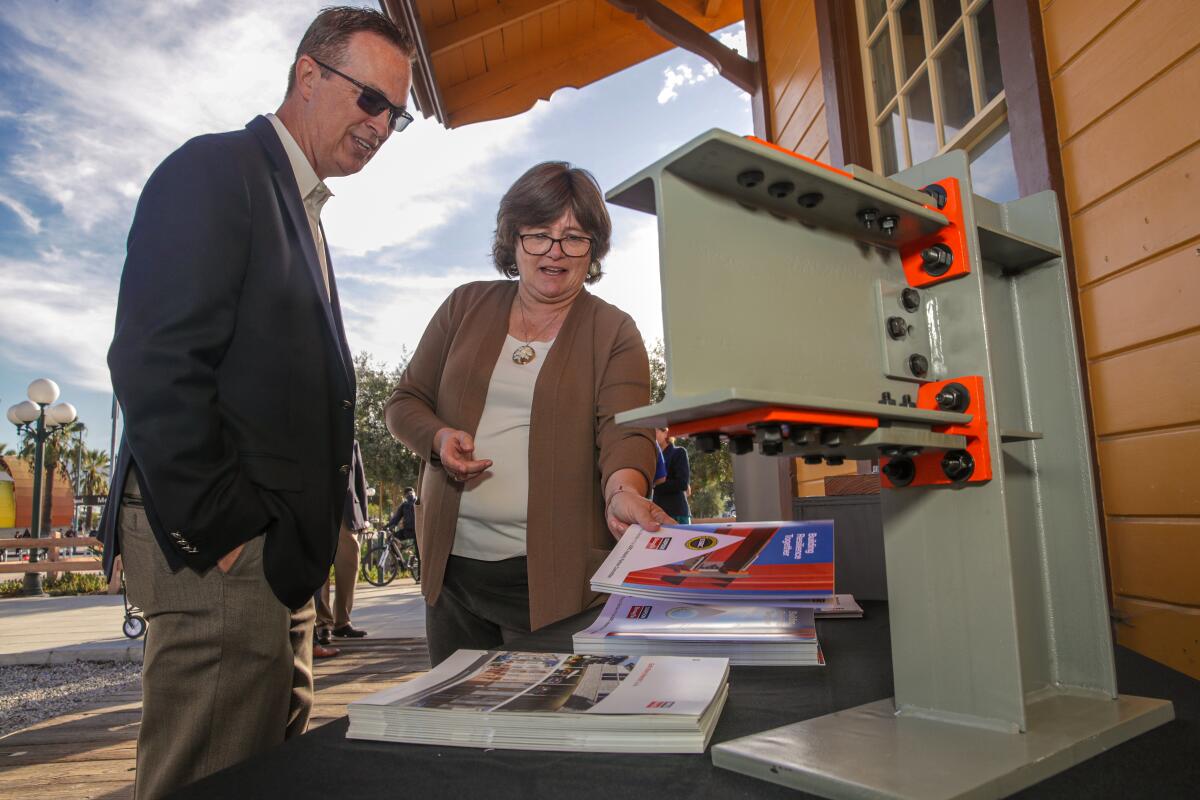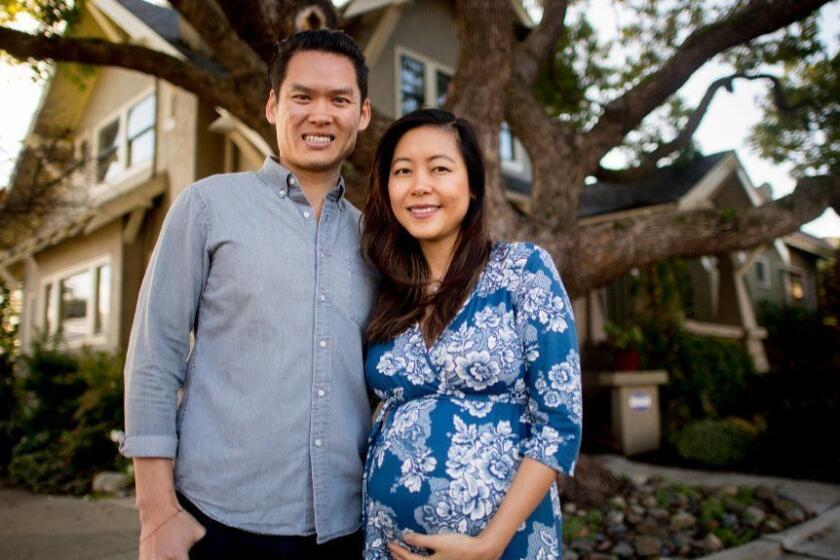Californians can get $3,000 grants to retrofit homes for earthquake safety

- Share via
California homeowners can again apply for grants for up to $3,000 to retrofit older single-family homes at risk of sliding off their foundation in an earthquake.
Residents who live in more than 500 ZIP codes can apply for the program at EarthquakeBraceBolt.com. Registration lasts through Nov. 29. Without the fix, homeowners who endure major damage during a quake can face paying hundreds of thousands of dollars and years of living out of their home while repairs are made — all while still paying the mortgage.
Homeowners in many California earthquakes, from the 1971 Sylmar quake to the 2014 Napa earthquake, have suffered such damage.
The grants are being paid for with an $80-million allocation from the Federal Emergency Management Agency.
The vulnerable homes are typically built before 1980, and especially before 1940, and have a handful of steps above the ground.

Older California homes can slide or topple off their foundations in an earthquake. Structural engineer Janiele Maffei offers advice on what precautions should be taken to retrofit such homes.
There’s a problem when the house is attached to the foundation by a flimsy, short wall — known as a “cripple wall” — that creates a crawl space. This wall and the wood beams that keep the house off the ground often have not been fastened tightly to the foundation.
So in an earthquake, the lack of grip between the house and the foundation can cause the home to be shoved off — as if the shaking has broken the building’s knees. There are an estimated 1.2 million homes in California with this defect.
“It’s like you’re pulling the rug out from under the house,” said Janiele Maffei, a structural engineer and executive director of the Earthquake Brace + Bolt program. The program, part of the California Residential Mitigation Program, has helped pay for the retrofits of 17,600 houses since 2014.
“With this $80 million, we’ll be more than doubling the number of houses” that will receive funds for this retrofit, Maffei said.
Compared to the cost of repairs after an earthquake, a retrofit is relatively cheap for these types of homes — essentially bracing and bolting the house to the foundation.
In the dead of night, the earthquake shuddered through this decades-old home, coming from an epicenter just a mile away.
The $3,000 grant is expected to go a long way toward paying for the retrofit. In Southern California, the cost has been between $3,000 and $5,000. The average cost in Northern California is higher.
The construction work takes two or three days to complete, Maffei said.
Additional grants are available for lower-income homeowners with a household income of less than $72,000 that would enable the recipient to have the entire cost of the retrofit covered.
Keeping a house on its foundation — and bracing the water heater properly — fixes the top two defects that could cause a single-family home to catch fire when shaken in an earthquake, Maffei said.
More to Read
Sign up for Essential California
The most important California stories and recommendations in your inbox every morning.
You may occasionally receive promotional content from the Los Angeles Times.












